Following the recent publication of the global Managed Detection and Response market, commissioned by the IDC, we reviewed the report and picked out the key points business owners should focus on when selecting the best fit solutions for their organisation.
The landscape of managed detection and response (MDR) services is rapidly evolving, driven by the ever-expanding threat landscape and heightened customer expectations. As a business owner, selecting the right technology for your MDR needs is crucial. Here’s a concise breakdown of key considerations based on insights from IDC MarketScape’s Worldwide Managed Detection and Response 2024 Vendor Assessment:
1. Response Capabilities:
In today’s MDR market, providers emphasise full response capabilities. From incident detection to response, the level of support varies among vendors. Some offer block hours per incident, while others provide unlimited incident response. Careful scrutiny of these offerings is essential, as seemingly similar promises may differ significantly in practice.
2. Visibility:
Transparency is increasingly desired in MDR services. Customers seek visibility into their provider’s operations, ensuring that what they see in the portal mirrors the activities of the security operations centre (SOC) analysts. Performance statistics, such as mean time to detect (MTTD) and mean time to respond (MTTR), play a crucial role in evaluating MDR effectiveness.
3. Outsourcing Models:
MDR utilisation varies based on organisational size. Small to medium-sized businesses (SMBs) often opt for full-service MDR to enhance their cybersecurity posture while minimising day-to-day operational involvement. In contrast, larger organisations may adopt hybrid models, retaining some operational control while leveraging MDR expertise for specific functions.
4. Cost and Complexity Reduction:
The growing demand for MDR services is driven in part by the need to optimise costs and simplify security operations. MDR providers offer cost-effective solutions, often becoming integral extensions of their clients’ teams. Consolidating cybersecurity services under a single provider can streamline operations and reduce both hard and soft costs associated with managing multiple vendors.
5. MDR vs. MXDR:
Understanding the distinction between traditional MDR and managed extended detection and response (MXDR) is crucial. While MDR focuses on wrapping services around existing cybersecurity tools, MXDR offers a platform-centric approach with integrated capabilities. Each has its strengths and weaknesses, necessitating careful consideration based on organisational needs and existing infrastructure.
6. Choosing the Right Provider:
When selecting an MDR provider, consider factors such as technological complexity, geographic presence, digital sovereignty compliance, platform preferences, adjacent capabilities, pricing models, and incident response capabilities. Historical performance data and customer feedback also play vital roles in the decision-making process.
Conclusion:
MDR services offer a beacon of hope for businesses seeking to fortify their cybersecurity defences amidst evolving threats. By understanding the nuances of MDR technologies and selecting providers aligned with their unique requirements, business owners can proactively safeguard their organisations against cyber risks.
As the cybersecurity landscape continues to evolve, staying informed and making informed decisions are paramount for business resilience and success. The insights provided are based on IDC MarketScape’s assessments and should be supplemented with additional research and consultation with cybersecurity experts. If you are unsure where to start when undertaking such an important strategic decision and looking to establish where to start and how to scale, reach out to the Amicis Group team here.

I like this website very much, Its a very nice office to read and find information.Blog monry